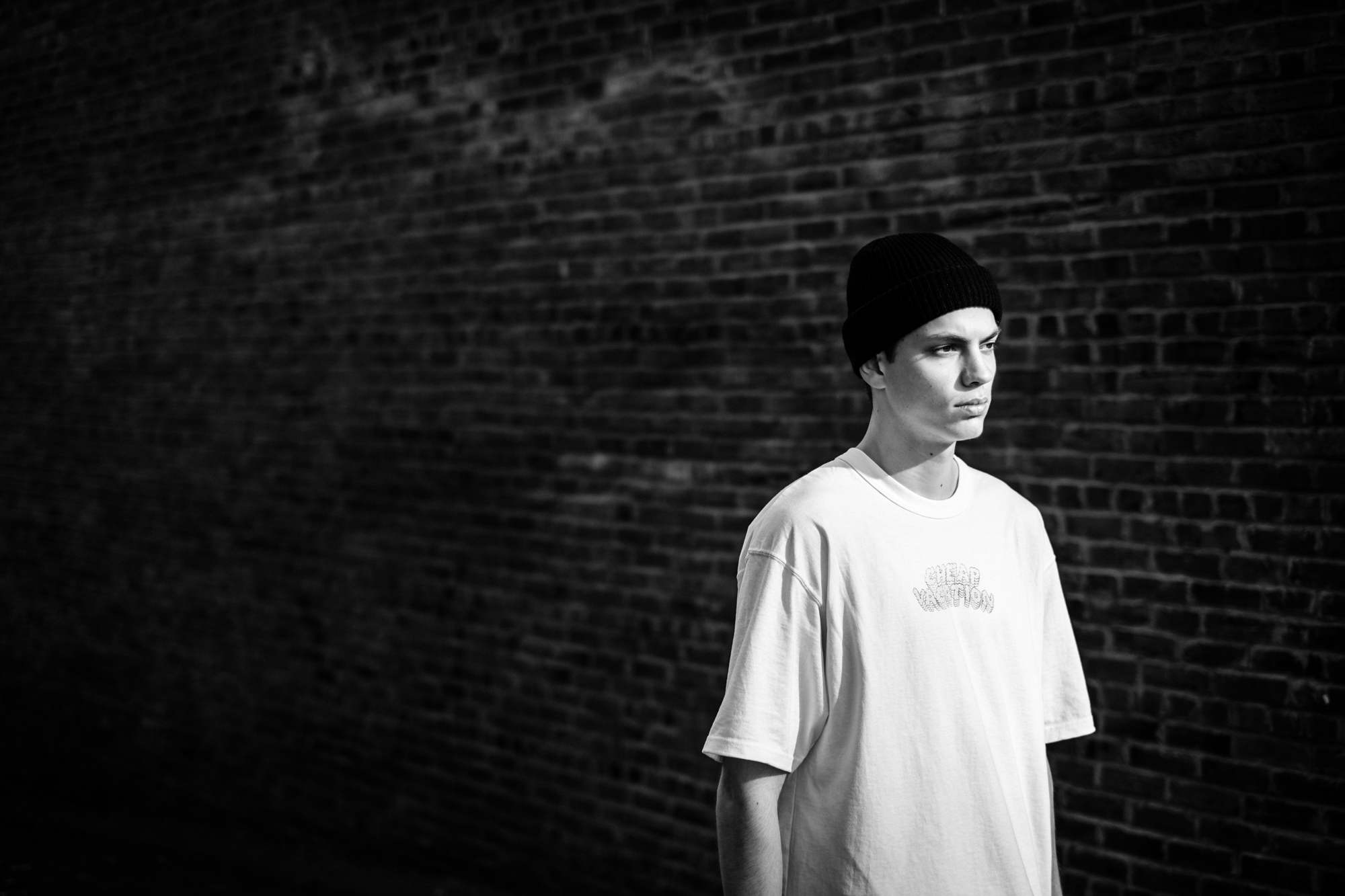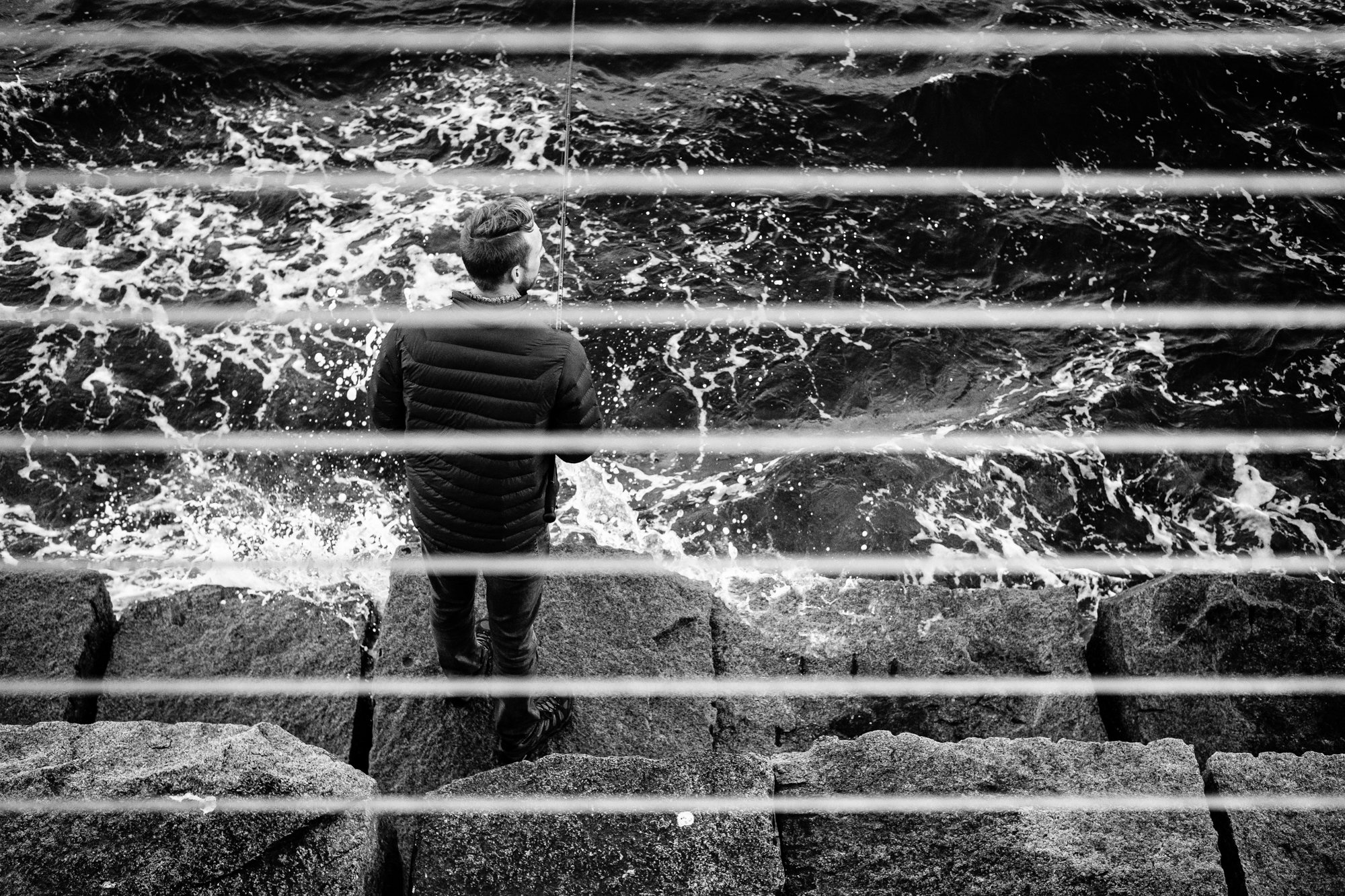The first digital camera I owned was a Fujifilm Finepix S3500 in 2003, when I was just 16 years old. It only had a 4MP sensor, but it began a lifelong love of Fujifilm, and photography. Fast forward to late 2016, I purchased the Fujifilm X-T2 – replacing my last 35mm sensor Nikon kit for that of the smaller and more nimble Fujifilm ecosystem (at that time also owning and shooting with the X100s and X-T1 cameras). Little did I know how much that camera would change my photography, and more specifically how much the ACROS Film simulation of the X-Trans III sensor would change it.
I’ve always had a difficult time processing in colour, and not for my lack of trying. I was born with deuteranopia, a colour blindness that affects the red and green cones in a persons eyes, muting many colours on these spectrums and causing some to be indistinguishable from one another. It was because of this condition that I began focusing on monochromatic photography.
By the time the X-T2 had released, I’d still been developing a specific black and white processing style that I was happy with, a task that can be very timely and extensive. That process took a giant leap when I began shooting exclusively in the ACROS Film Simulation.
The original Neopan ACROS 100 film was widely known for its extremely fine grain, and characteristic texture. The original film actually used colour technology to produce higher sharpness and the finer grain than other monochromatic films, making it an amazing choice for uses when textures and minute details needed to be maintained and reproduced. These are the qualities that the colour scientists and engineers at Fujifilm wanted to deliver when re-creating the Fujifilm ACROS Simulation for their digital X-Trans sensors.
With the film being naturally fine grained, Fujifilm wanted to carry that look over into the digital age, and spent considerable amounts of time working that original grain into the formula. Here’s an excerpt from the Fujifilm-X website in regards to the release of ACROS:
“We developed it from the core of the image file to achieve a very complex and natural like grain expression. Optimal and different grain expressions are added to highlight and low light areas. You would not find unnatural dotted graininess in the highlight areas just like how the monochrome film behaves. In the low light area, you would see the graininess just like how it would appear with the monochrome film. There are undulating grain within the picture. And it adds depth like no other. ACROS also changes the output of graininess depending on the sensitivity setting. As the sensitivity gets higher, stronger grain effect becomes visible, just like the film.”
It’s pretty clear that Fujifilm set out from the beginning to make something truly unique about the ACROS film simulation. It’s those subtle characteristics ingrained into the simulation that make it such a joy to photograph and process with. It has a look that no other black and white conversion has, at its very core. It’s sharp, clean, and rich with texture on account of its creative use of natural looking film grain.
Once I began shooting ACROS, I never went back (at least for black and white, as I do still attempt to play with colour on occasion), and continued to tweak and modify my personal settings to achieve a look that I truly loved to work with. It definitely evolved in the ensuing years, and I can now say that I’m really happy with the consistent results I’ve been able to produce, regardless of the situation or subject I find myself shooting. Fujifilm even include three variations of the simulation based on the idea of using coloured filters; AcrosR, AcrosG, and AcrosY – all used to change the contrast characteristics in different coloured situations. The Simulation also maintains excellent detail, in both bright and dimly lit environments, across a broad range of ISO settings. (Shooting close subjects at 3200 iso in a bright environment creates an absolutely beautiful grain pattern. Definitely try this out!)
A great starting JPG recipe for the ACROS Film Simulation is as follows:
– Film Sim: Acros
– Mono Color: To Taste (Try a slight red tone for warmth)
– Grain Effect: Weak, Small.
– WB: Auto
– Dynamic Range: 100%
– D Range Priority: Off
– Tone Curve: H:+1 / S:+3
– Sharpness: +2
– Noise Reduction: -4
– Clarity: +1
When shooting Acros, or just black and white in general, Contrast is such an important thing to focus on. It creates the texture and feel of an image, helps lead the eye from subject to subject, as well accentuates the raw components involved. Our eyes often gravitate to the highest point of contrast in any given image, making this a key component of using monochrome in any significant way.
When working with ACROS specifically, use the contrast and grain to your advantage. What I found has worked well for me, is to increase the contrast by first slightly closing the gap between your shadows and highlights, then bring up your overall whites, and really drop your blacks. This causes you to somewhat increase your upper tonal ranges, brings more detail into your mid ranges, and ultimately drops the detail out of your blacks (these areas are rarely required to tell any meaningful story in an image, and reducing them can improve the underlying atmosphere). This creates a very high contrasted final image, one in which you can narrow the focus on important subjects using some creative dodging and burning. Further tweaking your tone curve to increase the image contrast can produce great results, depending on your subject.
The ACROS simulation is available on Fujifilm cameras with an X-Trans III or newer sensor. If you’ve been with Fujifilm for a while, shoot predominately in black and white, but don’t yet have a camera with ACROS – it’s almost reason enough to look into upgrading.
Take your time tweaking the values in different images, finding a look that works well for you. But if you shoot in monochrome, love texture, enjoy rich contrast, and are a sucker for fine details, ACROS was made specifically for you. Set your camera up, get out there, and start shooting.


























